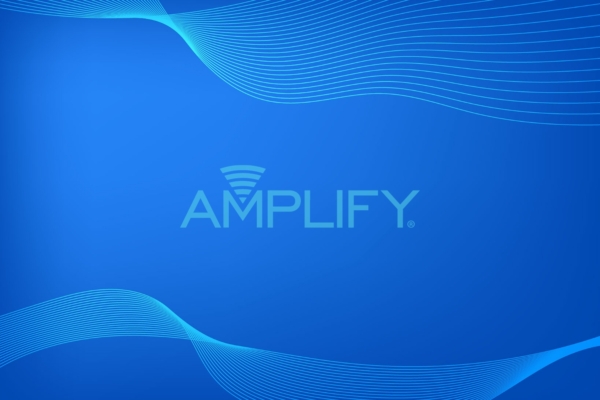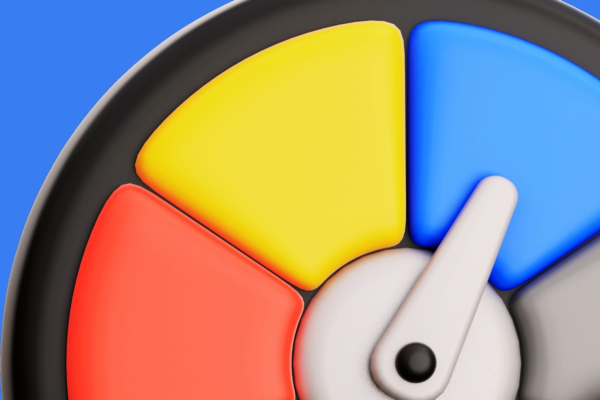
How Paying for College Works

It’s no secret that the cost of a university degree has steadily increased over time. Currently, the average federal student loan debt balance is $37,787, while students who take on private loan debt have an average total balance of $40,780.
That’s a hefty price tag, but despite the high cost, it’s still worth it for many graduates to take on the debt, as earnings typically increase with higher levels of education. The Bureau of Labor Statistics found that the median weekly earnings in 2021 for high school graduates with no college was $809, compared to $1,334 for those with a bachelor’s degree and $1,574 for those with a master’s degree. (As with everything financial, this depends on your individual situation!)
While the long-term earning benefits of higher education generally make paying for college worth the investment, it’s still in your best interest to understand what types of financial aid are available and which loans will cost you the least over their repayment periods.
First, Fill Out the FAFSA
Before undertaking any education journey, it is essential that you fill out your Free Application for Federal Student Aid (FAFSA). Completing the FAFSA is the first step toward applying for federal student aid, such as federal grants, the federal work study program, and federal loans. Some states and colleges will also use the FAFSA to determine whether you qualify for state-sponsored and school-specific financial aid. There are also some private loan providers will use the FAFSA to decide if you qualify for a loan.
In essence, the FAFSA is the gateway to most types of financial aid for higher education and is a crucial step in preparing to pay for college.
Fee-Free Banking is Here
Looking for a financial institution that doesn’t nickel and dime you? If you live or work in Texas, join Amplify!
Seek Out Debt-Free Options
Once you’ve completed the FAFSA, it’s important to understand the different types of aid offered. To avoid as much debt as possible, you should first explore all your financial aid options that don’t require you to pay back a balance. These break down into three broad categories: federal grants, federal work study, and scholarships.
Federal Grants
The U.S. Department of Education (ED) offers several different grants to students attending college or a career school. In contrast to federal or private student loans, federal grants generally do not need to be repaid, which makes them a great option for lowering your student loan debt burden. The two most common federal grants are:
- Federal Pell Grants: Pell Grants are awarded to undergraduate students who display exceptional financial need—based on their FAFSA—and who have not yet earned a higher education degree.
- Federal Supplemental Educational Opportunity Grants (FSEOG): Like Pell Grants, the FSEOG is a grant for undergraduate students with exceptional financial need. However, the program is administered directly by the financial aid office at each participating school, and not all schools participate. You should check with your school’s financial aid office to see if it offers the FSEOG.
Scholarships
If you really want to reduce your student loan debt, find and apply for as many scholarships as you can. These are essentially free money to help you pay for college, and every little bit helps. There are various resources available to help you find out what types of scholarships are available, and it’s always a good idea to check with your school’s financial aid office to see if there are any opportunities you might have missed. While scholarships can take time to find and apply for, they’re generally worth the effort.
Federal Work Study Program
Another way to help pay for college without taking on student loan debt is to explore the federal work study program. This program provides part-time jobs on- and off-campus for undergraduate and graduate students with financial need. Students are able to earn money to help pay for educational expenses, and also gain valuable work experience while enrolled at university. Again, you should check with your school’s financial aid office to see if the program is available at your university.
Explore Federal Student Loan Options
Once you’ve exhausted debt-free ways to pay for college costs, the next best option is to apply for federal student loans. Government-backed loans generally have lower interest rates than private student loans, as well as more favorable repayment schedules. There are several types of federal student loans available, although which ones you’re eligible for will depend on what type of degree you’re pursuing.
Direct Subsidized Loans vs. Direct Unsubsidized Loans
The two types of loans the government provides for students attending two- or four-year colleges, trade, career, or technical schools are either of the direct subsidized or unsubsidized variety.
- Direct Subsidized: These are available to undergraduate students with financial need. The student’s school determines the amount that can be borrowed, and the amount may not exceed the financial need. The subsidy comes through the U.S. Department of Education paying the interest on the loan.
- Direct Unsubsidized: Basically, the same as a subsidized loan except that the student is responsible for paying the interest. If the student chooses not to pay while still in school or during the grace, deferment or forbearance periods, the interest will accrue and be added to the amount of the loan.
PLUS Loans
As described by the office of the U.S. Department of Education, “PLUS loans are federal loans that graduate or professional students and parents of dependent undergraduate students can use to help pay for college or career school.” In order to apply, a FAFSA form must be completed. As with any loan, you must not have a history of bad credit. The interest rate is fixed for the life of the loan at the time the loan is initiated and does not include the loan fees that are also charged.
To find out more about PLUS Loans, visit their website.
Private Student Loans as a Last Resort
If, after exploring all other avenues, you find that you’ll still need some additional money to pay for your college expenses, private loans are an option. However, these loans should be taken on with caution. In general, private student loans have higher interest rates than government-backed student loans, the interest begins to accrue while you’re still in school, and there is usually no potential for loan forgiveness as there is through federal programs.
Calculate Your Repayment Schedule
Finally, before signing on the bottom line for any loans, be sure to calculate what your repayment schedule will be like once you graduate. Add up your expected monthly payments for each student loan and compare those monthly payments with your expected monthly salary based on your major. If you find that your expected graduating salary will be lower than your expected monthly loan payments, it might be a good idea to seek out other sources of financial aid.
Make Informed Decisions and Study with Confidence
While the process of paying for college might seem overwhelming at first, with a little research and lots of patience, your out-of-pocket cost for a university education can become manageable. And if you do have to go into debt, make sure it feels more like an investment in your future earning potential—if the cost outweighs what you will make after you graduate, it may be time to reconsider your major or career path.
For many people, their earning potential generally increases with each degree. In fact, according to a survey done by the Federal Reserve, the majority of those who went to college said the lifetime financial benefits of their education exceeded the costs. It’s up to you how you balance the cost with the future rewards!
Become an Amplify Member
Every Amplify account holder enjoys fee-free banking. That means no overdraft, maintenance, or other banking fees cutting into your pocket.


